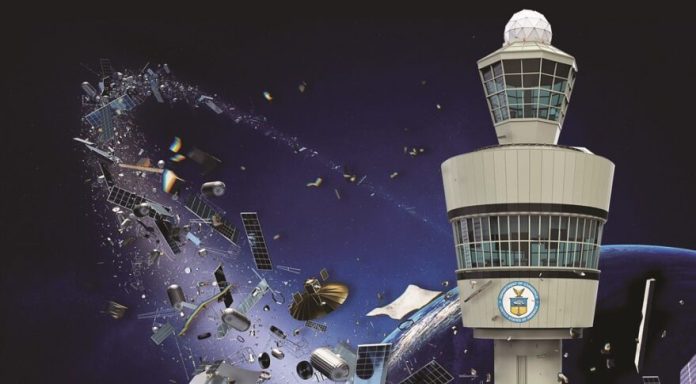The United States has long been a leader in space and will continue to do so. This is why in his first 100 days in office, President Biden renewed the National Space Council, which is led by Vice President Harris, to synchronize the nation’s civil commercial and national security space activities.
As we work collaboratively with industry, it is critical that we ensure the United States sets data driven standards backed by research and advanced policies that bolster our nation’s economic competitiveness and national security to establish peaceful norms and responsible behaviors in space.
To support commercial, civil, and scientific space operations, the U.S. needs the best-possible data to help track the 29,000 space objects in orbit now, and the estimated 50,000 new satellites we expect to see by 2030. Ensuring access to accurate data for space situational awareness is an essential mission for the future of the U.S. space industry.
We at the Department of Commerce and our bureau NOAA take space situational awareness and safety seriously. As experienced satellite operators ourselves, we have a first-hand view of the challenges of an increasingly congested and contested space environment and the need for accurate and accessible data. The uptick in the number of objects in orbit, if not managed effectively, puts billions of dollars of commercial and government satellites and the critical services they provide at risk, and poses a challenge to the growth of the global space industry.
Shortly after receiving congressional funding, we rapidly began developing a space situational awareness prototype that pulls together some of the best available data and services, from both commercial and government sources, into a prototype cloud-based data repository known as the Open-Architecture Data Repository (OADR). The OADR prototype will provide data regarding the location of space objects to improve transparency and promote safety for space assets and operations. This fall, we will start demonstrations of the prototype.
In addition, the OADR will create opportunities for U.S. companies, especially small businesses, to play an innovative role in the commercial space management arena. We incorporated features and source data within the platform targeted to enable industry innovation and development of new space technology advancements.
To be certain, while we have led the development of the prototype, this is not simply a Commerce/NOAA-only effort. We continue to work in collaboration with our commercial, NASA, and Department of Defense partners, leveraging the best available technologies in government and the private sector, and harnessing data sources from across the globe.
In fact, a National Academy of Public Administration (NAPA) study specifically identified the Department of Commerce as the agency best positioned to “liaise with private sector and other government stakeholders as well as be able to support the necessary technical and operational requirements inherent in the provision of SSA (space situational awareness) and STM (space traffic management) services.”
This fall, we will have the results, which will lay out procurement strategies, organizational framework, and governance approach for civilian space situational awareness services. The analysis also will include cost, schedule, and risks for possible alternatives and a recommendation to the Commerce Department on a proposed path forward.
With this information, the Commerce Department will propose a strategy for SSA/STM based on the results of our detailed analyses, the results from the prototype demonstrations and community feedback.
The time is now to establish the roadmap for the future national and global principles and practices for operations in space. We remain committed to improving space situational awareness and safety to help address the challenges that lie ahead.
Don Graves is the Deputy Secretary of the U.S. Commerce Department and Dr. Rick Spinrad is the NOAA Administrator and the Under Secretary of Commerce for Oceans and Atmosphere
– Advertisement –
